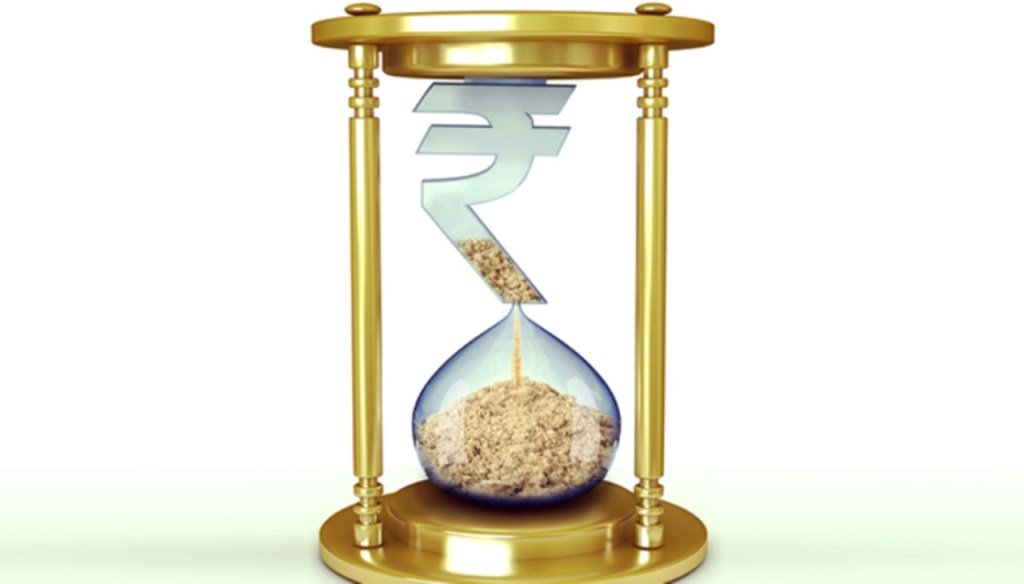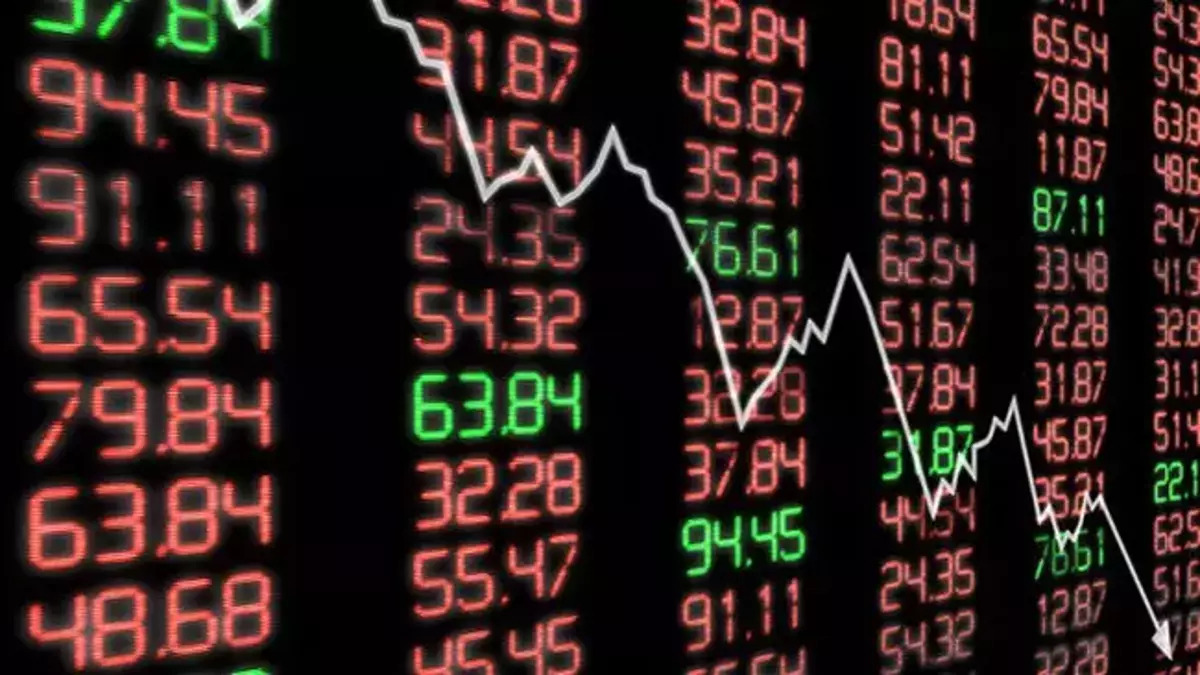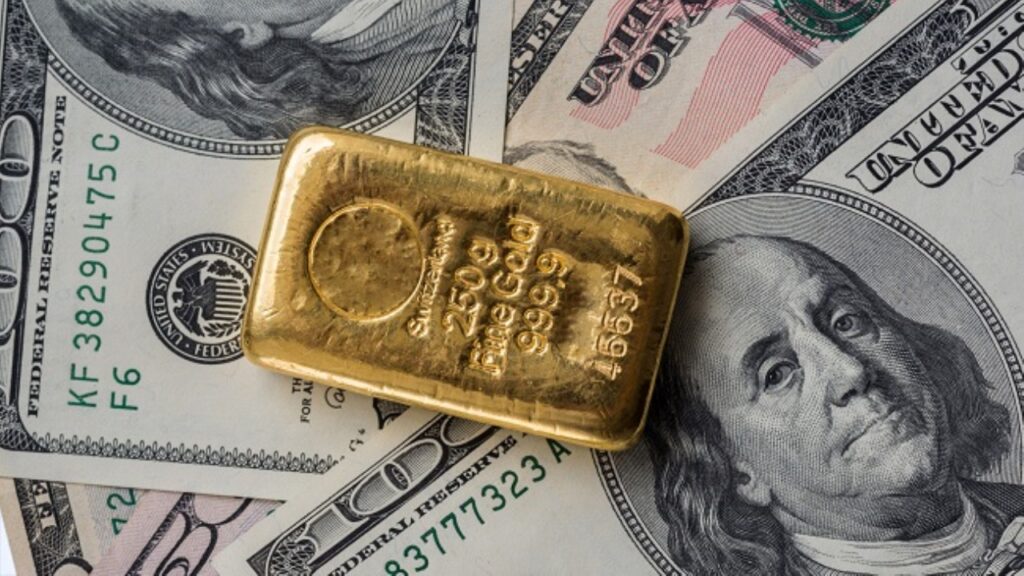Despite an impressive two-day rally, gold prices are finishing the week flat after the US May jobs report managed to keep negative views on the economy’s future at bay. As we reported on cryptokoin.com, the gold market hit new daily lows on Friday as markets digested a 390,000 increase in US non-farm payrolls against the expected 328,000.
If the data holds steady for a long time, gold prices could drop below this level
TD Securities head of global commodity strategy Bart Melek told Kitco News:
May employment report shows moderation in economic momentum. However, the sharp declines expected by the market lately do not seem to be happening. On the margin, this means the market could raise interest rate expectations. Indeed, rates (nominal and real) along the curve rose after the report. This helped gold drop below $1,860/ounce now, down from around $1,863-66/ounce before the report was released.

For gold, upbeat employment numbers mean the Federal Reserve can remain aggressive with planned 50 basis point rate hikes in June and July, putting weight on the precious metal. Bart Melek continues to explain his views on gold prices with the following words:
Markets may have been a little early to assume that the Fed will not be that aggressive. We won’t know for a while. So far, the economic data is ok. We conclude that this report should push prices back to 200 dma ($1,842), with additional future data showing a stable economy. If data holds steady for a long time, gold prices are likely to drop below $1,800/ounce if fees remain on offer. Price pressures are manifested in services that lagged inflation. Therefore, input costs will arise, from energy to labor costs. The price index will remain stubbornly high for a while… From the perspective of the central bank, they have to continue this tightening policy.
Optimistic data steers away from investing in gold
OANDA senior market analyst Edward Moya said that more optimistic data is pushing safe-haven trading away from gold, but negative forecasts take longer. He said he would focus on risk sensitivity in the future, adding:
Gold prices fell after a strong nonfarm payroll report sent the dollar higher. Investors were expected to see a stronger slowdown with job growth, allowing the Fed to walk away from a half-point rate hike in September (50bps hikes each in June and July. The economy is not softening quickly, which eliminates the need for safe havens today). However, rising gloomy calls should continue to bolster precious gold in the short term. and high inflation will support gold prices this summer as they choose to enter “good money.” However, according to Millman, the Fed’s aggressive stance still poses a downside risk to gold… Millman added that recession warnings are keeping gold at $1,800. The expert conveyed his views as follows:
This week, the stubborn resistance levels of $ 1.850-65 has moved to key support levels for the gold price. The growing global demand for gold reflects a deeply rooted economic principle, Gresham’s Law, “bad money drives out good money.” If you have bad money that has lost its value, you want to spend it as quickly as possible. Gold is good money, hard money and there is an incentive to hold it… Gold is proving to be the store of value of choice given the selloff in stocks and crypto… We cannot rule out that QT and rising interest rates will drive gold down in the near term… $1,900, breaking gold next key level. If gold fails at $1,900, it will continue to trade at mid $1,800 for the rest of the summer… Jamie Dimon’s economic ‘hurricane’ comment, Yellen admitted she was wrong about inflation. These are not the kind of comments that happen when the economy is strong. In any recession, when people are worried about losing their jobs or the value of their wealth, gold is a logical place for money to maintain value.







